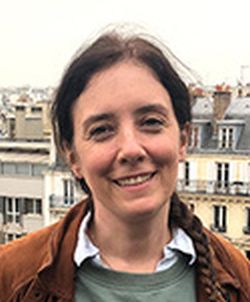 Claire Wilhelm, Ph.D.
Claire Wilhelm, Ph.D.
Researcher, Research Director CNRS, Macromolecules and Microsystems in Biology and Medicine (MMBM), Institut Curie, Paris, France
Magnetic Nanoparticles as Instructive Tools for Engineering, Stimulation, and Treatment of Model Tissues
Dr. Wilhelm's group focuses on the biophysics and materials science to advance the field of nanomedicine. She has developed in recent years magnetic-based methods to manipulate living cells, explore tissue mechanics, and provide magnetic artificial tissue replacements. She also proposed combined cancer solutions by applying multiple stimuli to the same nanoparticle, introducing the use of magnetic nanoparticles as photothermal tools, and developing extracellular vesicles engineering with nanoparticles and drugs as bio-camouflaged vectors. These works were recently awarded with the Chemistry Medal from the Academy of Sciences in 2023, and the Silver Medal from the CNRS Institute of Physics in 2022.
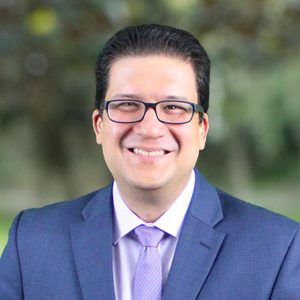 Carlos M. Rinaldi Ramos, Ph.D.
Carlos M. Rinaldi Ramos, Ph.D.
Professor of Chemical Engineering & Biomedical Engineering, University of Florida, Gainesville, FL, U.S.A.
Magnetic Particle Imaging (MPI) of Dendritic Cell Migration in Cancer Therapy
Dr. Rinaldi Ramos is a leading scientist in the areas of ferrohydrodynamics, biomedical applications of magnetic nanoparticles, and transport of nanoparticles in complex and biological fluids. He has made outstanding contributions to harnessing localized nanoscale heating for magnetic nanoparticle thermal cancer therapy. His group was the first to demonstrate that receptor-targeted nanoparticles can kill cancer cells without a perceptible macroscopic temperature rise through disruption of lysosomes and activation of lysosomal death pathways. He has also contributed to understanding the synergistic interactions of nanoscale thermal therapy and traditional chemotherapeutics. He has also has contributed to understanding the physics of magnetic nanoparticle response to alternating magnetic fields, enabling rational design of high-sensitivity and high-resolution tracers for magnetic particle imaging (MPI), an emerging biomedical imaging technology.
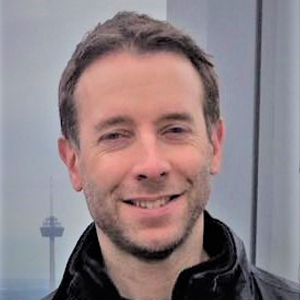 Neil Telling, Ph.D.
Neil Telling, Ph.D.
Professor of Biomedical NanoPhysics & Research Director (School of Pharmacy and Bioengineering), Keele University, U.K.
Evaluating the Effect of Nanomagnetic Forces on Neuronal Cells: Towards Magnetically Guided Nerve Regeneration
Dr. Telling is an expert in the exploration of magnetic nanostructures with many different techniques such as synchrotron x-ray spectroscopy and scattering techniques.Currently he is looking into biomedical applications, such as biomineralised iron deposits in biological tissues to obtain iron speciation maps (e.g., in Alzheimer's diseases), or magnetic actuation of cell signaling in neuronal cells, tissue engineering, Parkinson's disease and thrombolysis. For these applications, he also prepares his own magnetic nanoparticles and functionalizes them.
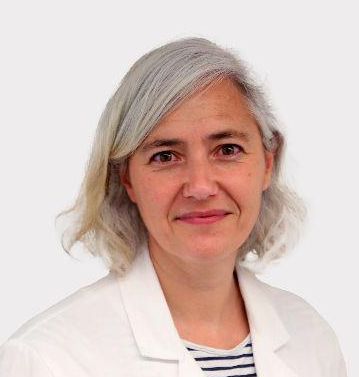 Ibane Abasolo Olaortua, Ph.D.
Ibane Abasolo Olaortua, Ph.D.
Head of Clinical Biochemistry, Drug Delivery & Therapy, Vall d'Hebron Institut de Recerca (VHIR), Barcelona, Spain & Spanish National Research Council (CSIC)
Iron Oxide Nanoparticles for Magnetic Hyperthermia in Pancreatic Cancer, from Preclinical Testing to Clinical Translation
Dr. Abasolo is a researcher who aims at improving the treatment of various diseases through the use of nanoparticles of natural or synthetic origin that selectively deliver treatments to the cells that need them. These systems are specifically designed to protect the therapeutic agent and cause it to be released where and when it is needed. Noteworthy, Dr. Abasolo's group works at all steps of the preclinical development, from the design of the nanomaterial, to its synthesis, characterization and testing in experimental models of the disease.
Dr. Abasolo is also a member of the Department of Biochemistry and Molecular Biology of the Autonomous University of Barcelona.
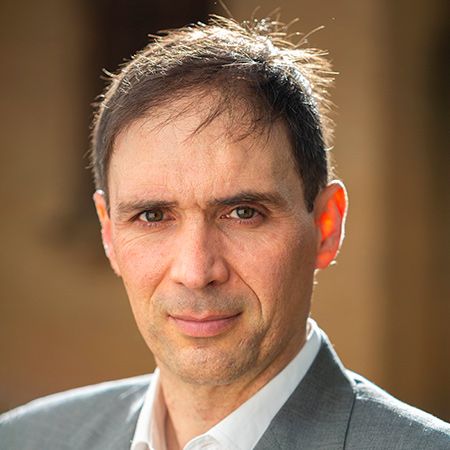 Modesto T. Lopez-Lopez, Ph.D.
Modesto T. Lopez-Lopez, Ph.D.
Professor, Department of Applied Physics, Universidad de Granada, Spain
Engineering Magnetic Hydrogels for Tissue Engineering and Remote Actuation
Dr. Lopez-Lopez’s research focuses on advancing the understanding and application of magnetic field-responsive hydrogels, with potential implications across various scientific domains. His work within this field covers a wide range, including the synthesis and functionalization of magnetic particles, investigation of self-assembly processes, and exploration of sol-gel transitions. Additionally, he explores the physicochemical characterization of these materials and their diverse applications in biomedicine and soft robotics. A significant aspect of his contributions lies in fabricating magnetic hydrogels tailored for tissue engineering applications. From a more fundamental perspective, his recent research endeavours involve exploring highly deformable and strongly magnetic semi-interpenetrating hydrogels. Furthermore, his investigations extend to creating and actuating magnetic shape-memory materials based on the unique properties of magnetic hydrogels.
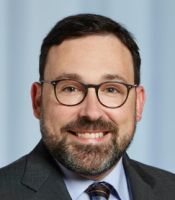 Salvador Pané, Ph.D.
Salvador Pané, Ph.D.
Professor, Multi-Scale Robotics Lab, Institute for Robotics and Intelligent Systems, Federal Institute of Technology Zurich, Switzerland
Magnetic Small-Scale Robots for Biomedical Applications
Prof. Salvador Pané is interested in magnetic small-scale robots: tiny intelligent machines that range in size from millimeters to nanometers, capable of moving through fluids using external magnetic fields. One of the ultimate goals of small-scale robotics is to develop machines that can deliver drugs or fulfill other medical missions within the confined spaces of the human body. While many applications have been demonstrated, aspects such as complex locomotion, multifunctionality, biocompatibility, and biodegradability need further investigation for the successful translation of these devices into real-world applications. To this end, new material-based concepts, novel fabrication schemes, and advanced procedures for their implantation and navigation are urgently required. In this talk, we will explore several of these aspects, with a focus on manufacturing and multifunctionality.
Tutorial
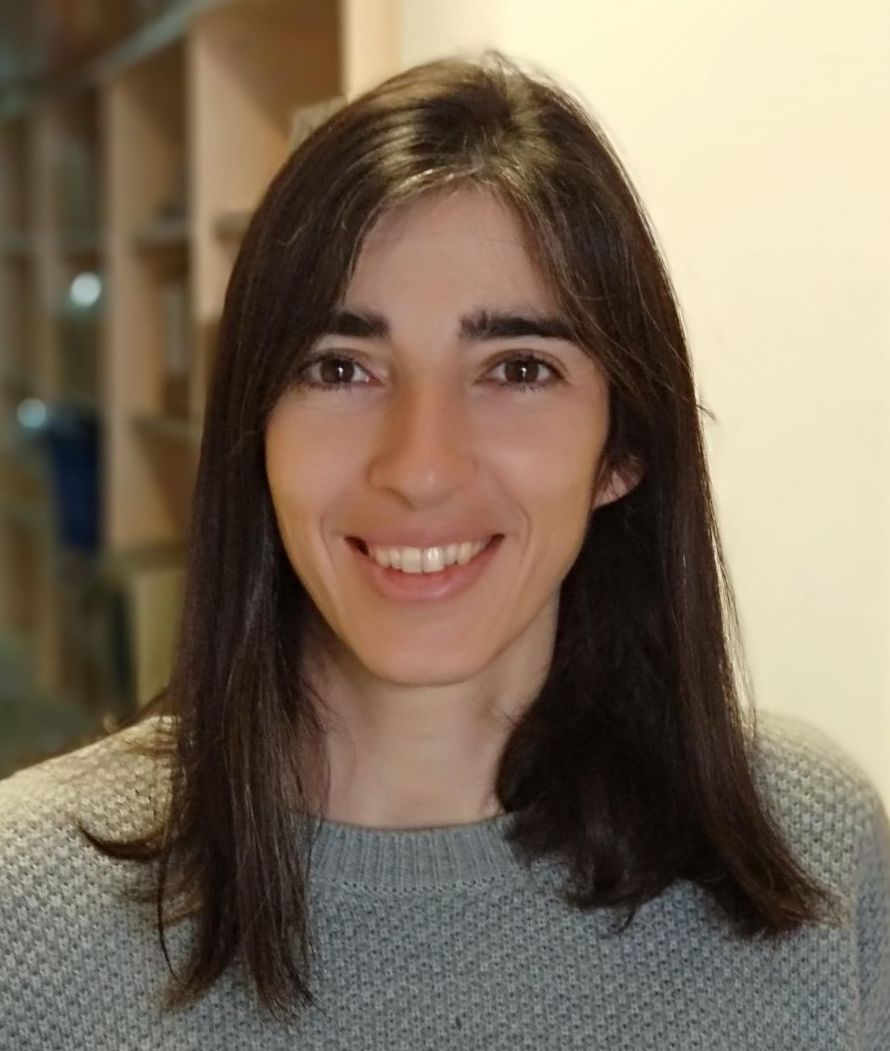 Lucia Gutierrez Marruedo, Ph.D.
Lucia Gutierrez Marruedo, Ph.D.
Reseacher at Instituto de Nanociencia y Materiales de Aragón (INMA/CSIC), Zaragoza, Spain
On the Biology (and Related Subjects) From the Point of View of a Magnetic Nanoparticle
This year, the subject of the tutorial changes completely from the previous one, aiming to explain some basic biology needed to understand the complex media that surrounds the particles in biological environments. This knowledge will help explaining why some properties of the materials may change in biological fluids, cells or tissues and how that may impact their fate.
Dr. Gutiérrez forms part of the Bionanosurf group, whose main work involves developing new diagnostic and therapeutic strategies with the help of nanoparticles.
Disclaimer: Lucía was trained as a chemist, worked a lot in materials sciences and with physicists, but does not have a Biology/Biochemistry degree. She has, however, in the last few years through osmosis learned enough of the language biologist speak to understand them. We are all looking forward to how she will give this knowledge on to all of us - a first in our meeting!
There will be a handout for these 3 tutorial sessions.

